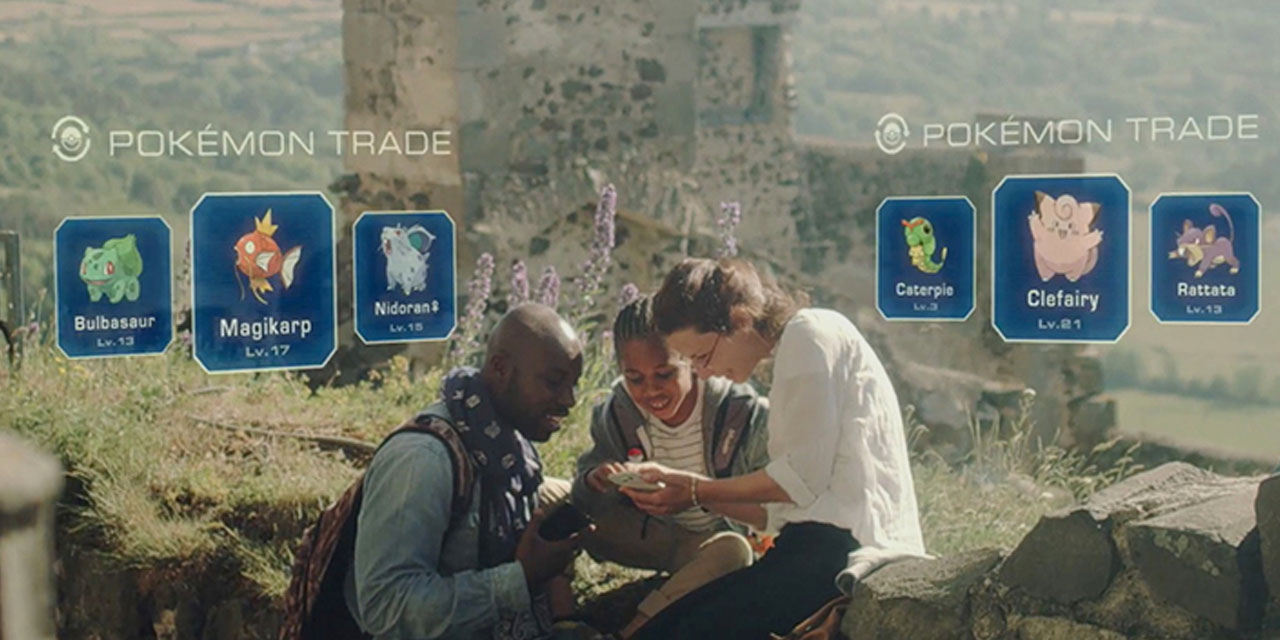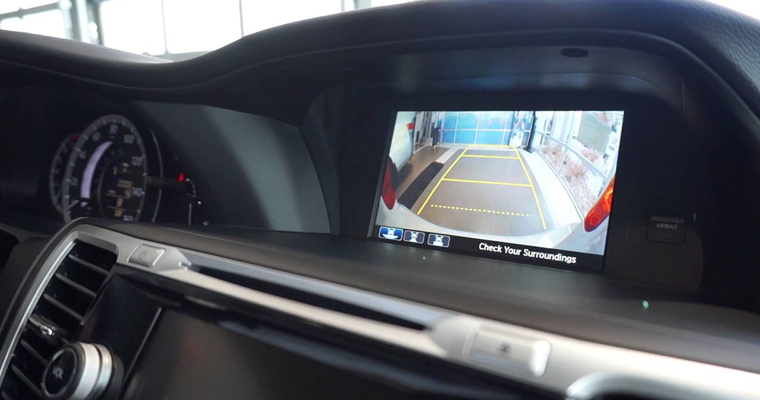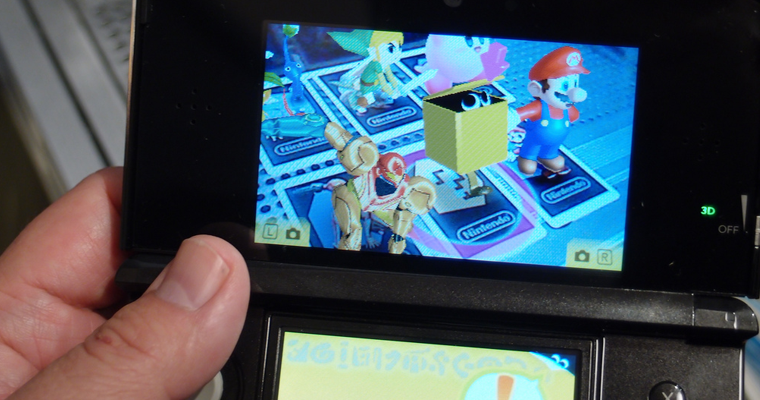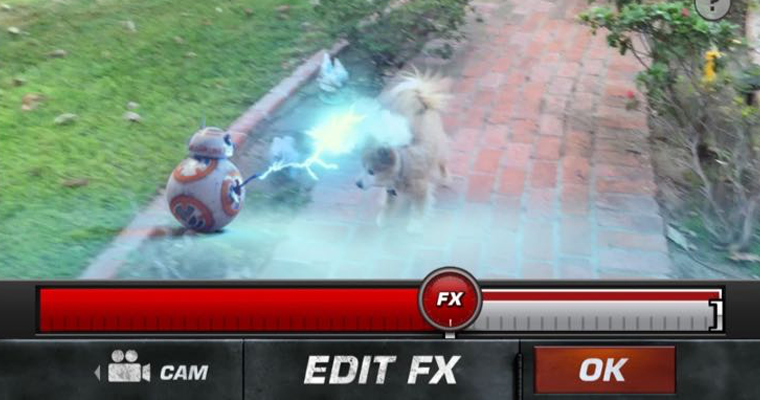The State of AR: Stay Frosty

Dead bodies, trespassing, and serial robberies. No, I’m not talking about last night’s Law and Order reruns, I’m talking about Pokemon GO.
For those who have who have been living under a rock the past week, Pokemon GO is an augmented reality + location based mobile game built around Nintendo’s popular franchise, Pokemon. The game utilizes Google Maps to fill communities with gyms to control points of interest and to collect items like pocket monsters (Pokemon) to collect. With older players relishing feelings of nostalgia and younger players newly discovering the Pokemon universe, Nintendo and developer, Niantic, have poised themselves to become the experience of the summer and beyond.

The potential behind Pokemon GO is almost infinite, but some players have already found some dangerous pitfalls. As the game revolves around exploring your environment, criminals have already taken advantage of this system. A group of teens in Missouri were arrested for robbing players as they gathered at certain locations to gather items, known as PokeStops. Other stories have described players stumbling onto private property in hopes of finding rare creatures, traffic issues due to distracted drivers, even a Wyoming teen discovering a dead body as she was playing.
A bigger concern than all these issues, however, is Niantic’s access to personal information. Through access to location and Google services, Pokemon GO gathers data on users’ locations, web history, email history, and much more. This has scared many to the point of deleting their account, but Niantic has assured users that this access was a bug that they will be fixing imminently.
While the media and users seem to be fixed on the growing community and emerging issues surrounding Pokemon GO, here at Inphantry, we’re most excited about the app’s novel use of Augmented Reality. Something we have quite a bit of experience in ourselves…
To those unfamiliar, Augmented Reality (AR) is the live viewing of a real-world environment supplemented by a sensory input: video, sound, graphics, etc. AR has existed in consumer markets for far longer than many people realize, especially in the gaming and entertainment markets. I doubt many drivers realize one of the greatest automotive safety tools of recent memory, the backup camera, utilizes AR in a super simple way: guiding drivers where they’re going.

Every one of the world’s biggest tech companies have had AR experiments in the market for years. Sony explored consumer AR as early as 2003, and has continued to experiment with the tech on all their major gaming platforms. Microsoft’s Kinect entered the market in 2011 with mixed reviews, and now Hololens is looking to be the front-runner in cutting-edge AR. Nintendo has also had its fair share of AR attempts, especially with their mobile console, the 3DS. Which happens to be more popular in Asia, than here in the states.

The future of AR can be seen in Nintendo’s strategic moves with Pokemon GO. First launched in Asia, and now has been released in to much excitement across the Pacific and now Atlantic Oceans…. Nintendo already had a great AR platform with the 3DS, Pokemon GO could have been the killer app the console has desperately needed. Despite this, Nintendo chose to go with iOS and Android and a free-to-play model. (Smart move….looking at user influence numbers in the millions) And Nintendo has realized their success comes when they put the experience in as many users hands as possible. They’ve decided to use Pokemon GO to grow communities rather than to grow unit sales. (Don’t get me wrong, Nintendo has already made plenty of money off of the game already)
Here’s the best part of this whole situation: mobile AR is not new… at all. How many of those silly Snapchat filters and geotags have flooded social media this past year? SO many. This concept, like Pokemon GO, shows how consumers love simple, dynamic and compelling AR experiences that keep them coming back.
Takeaway…augmented reality doesn’t have to be clunky and expensive to be successful.
Another example, albeit less successful, is Action Movie FX. Released in 2011 by Bad Robot Interactive, the studio of famed director JJ Abrams, the app allows users to insert high-level film effects into everyday videos. They have found success with co-branded content, including Star Wars, allowing users to edit BB-8 into walks with their dog or watch as Tie Fighters crash in their backyard. Despite Hollywood backgrounds and exciting content, the reason Action Movie FX does not have the success of Snapchat or Pokemon GO is its lack of compelling content. Once users try all the different scenes, all they can do now is share with friends.

These mobile AR experiences prove that ideas alone are not enough to find success. Watching an R2-D2 roll around your driveway is cool, but not after a dozen views. The future of AR is in platforms that build user loyalty and compelling experiences. Another reason why Snapchat is super successful.
While VR and AR experiences are so new to consumers, developers have time to dazzle them with interactive videos and demos. This shiny sense of newness and awe, however, is soon to die out as it does eventually with all emerging tech. Does anyone ever think about how BADASS touch screens are? Probably not many, but it sometimes keeps me up at night.
Here at Inphantry, we are focused on crafting compelling user experiences, whether or not we use emerging technology. The meteoric popularity of Pokemon GO shows us that the world is craving these experiences just as much as we’re excited to be building them.
Sidenote: Go Team Mystic.
Written by: Trevor Metcalfe // twitter @Ninjaman173
Contact info: base@inphantry.com // trevor@inphantry.com // www.inphantry.com
